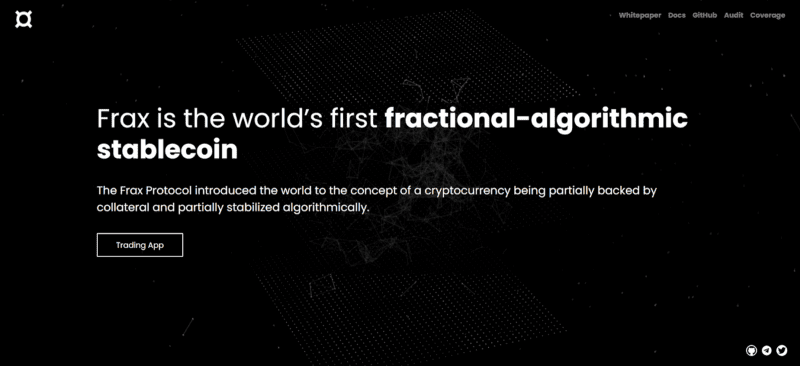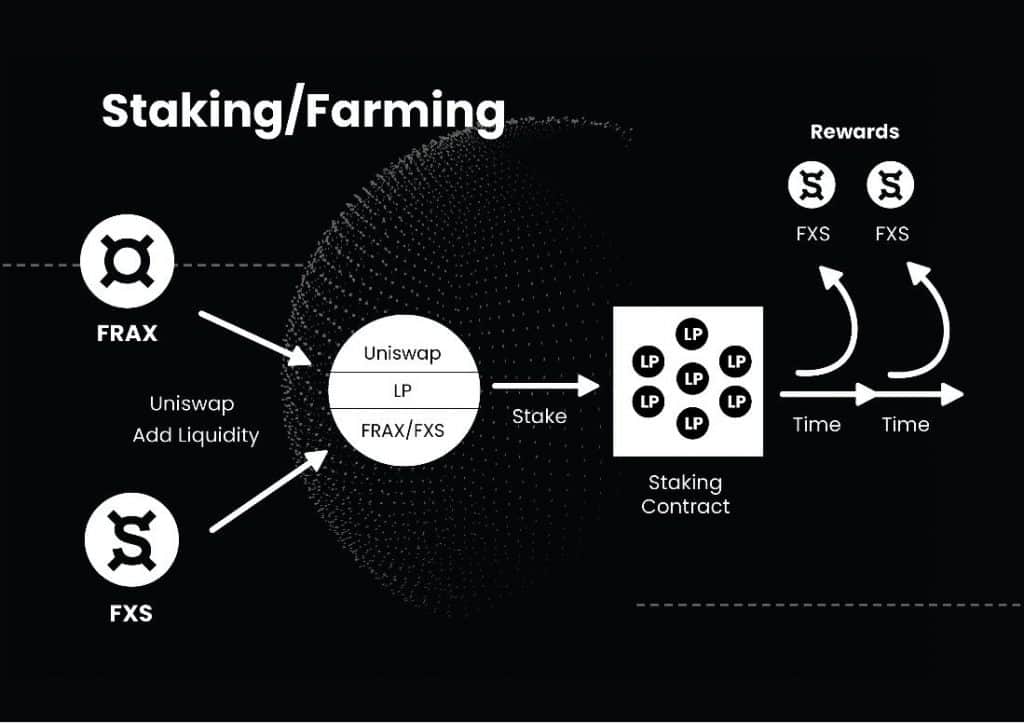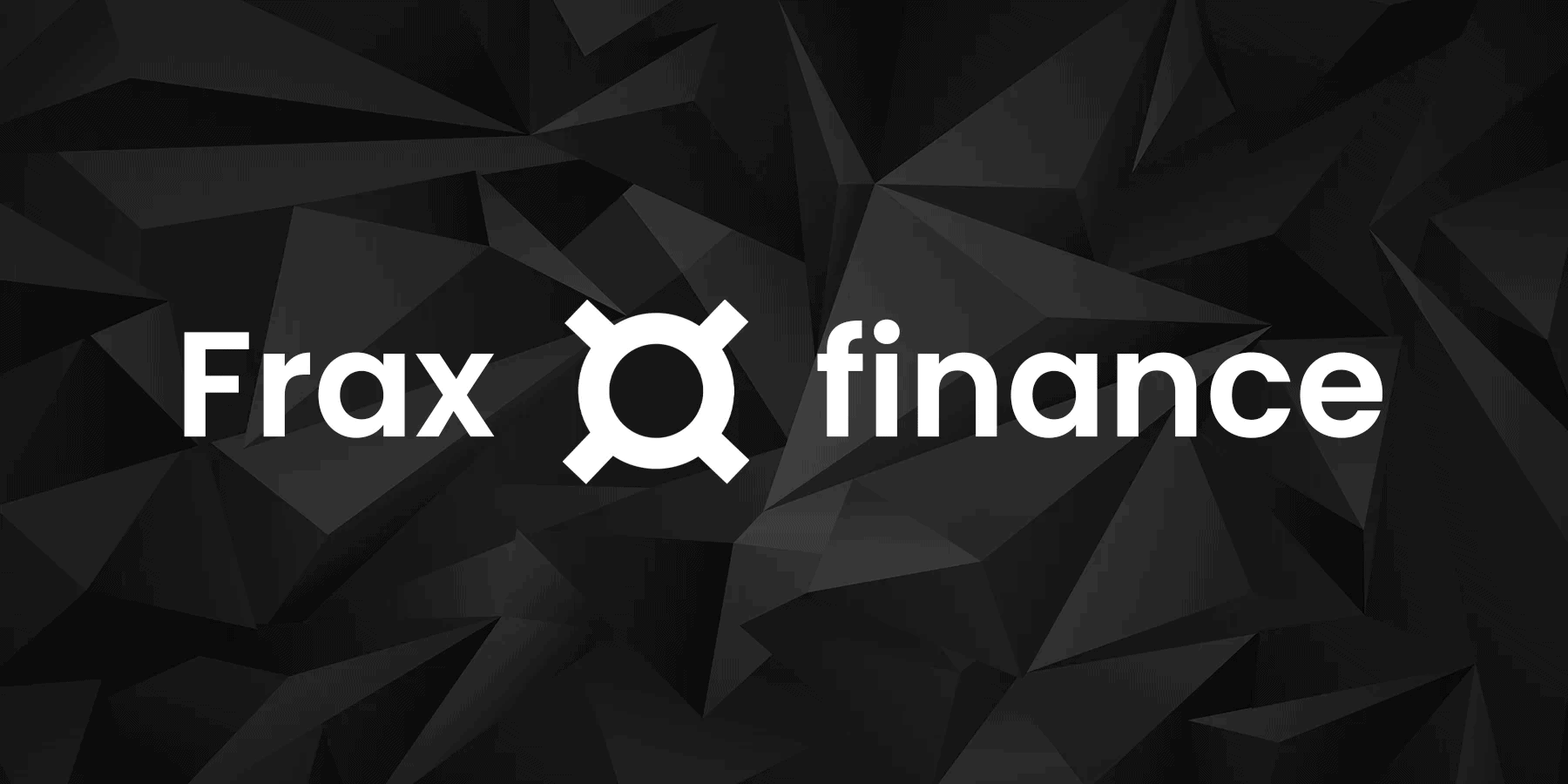Things You Need to Know About Frax (FRAX) Coin
Stablecoins are a popular choice among crypto investors who want to avoid the volatility of the crypto market while still taking advantage of blockchain technology. The stablecoins are usually pegged to the U.S. dollar and they maintain a consistent value over time. USDT is the most popular stablecoin that people use to transfer funds or store their assets.
But USDT is surrounded by so many controversies that investors are always looking for a better alternative. That’s why most investors started purchasing LUNA’s algorithmic stablecoin UST which turned out to be a nightmare. So, investors are now even reluctant to invest in algorithmic stablecoins.
FRAX is a unique kind of stablecoin dedicated to providing the best of both worlds.
Key Takeaways: –
- FRAX is a stablecoin designed to offer the benefits of both collateralized and algorithmic stablecoins. It combines a fractional model with algorithmic stabilization, providing stability during black swan events while benefiting from blockchain technology’s transparency.
- Frax’s important features include Fraxlend for permissionless lending, Fraxswap for a native decentralized exchange, Frax Price Index (FPI) pegged to real-world consumer items, and Algorithmic Market Operations (AMOs) to maintain proper collateral ratios.
What are Asset-backed/Collateralized Stablecoins?
Most stablecoins are backed by collateralized assets that are used to maintain a fair value of the token. USDC, USDT, DAI, and GUSD are some popular choices in this category. The stablecoins maintain a 1:1 ratio with the collateralized assets. These kinds of stablecoins have proved to be effective over time.
But some critics claim that they’re susceptible to custodial risks. And the investors are also required to provide some extra amount to obtain these tokens.
What are Algorithmic Stablecoins?
Algorithmic Stablecoins also maintain a stable price peg but their price is determined through mathematical algorithms. But these coins experience more volatility compared to other stablecoins. Similarly, they have a low adoption rate. Most investors don’t consider algorithmic stablecoins an option for long-term investment.
What is Frax (FRAX)?

Frax is a hybrid stablecoin that offers a combination of collateralized and algorithmic models. Some parts of this stablecoin are algorithmically stabilized while others are backed by collateral. Unlike fully algorithmic stablecoins, Frax can defend the peg during black swan events with its fractional model.
So, the users no longer need to rely on centralized entities to obtain stablecoins as they can enjoy the transparent nature of blockchain technology with Frax.
Frax Brief History
Frax was introduced by Sam Kazemian, Jason Huan, and Travis Moore in May 2019. This project adopted a hybrid model where 75% of the token is backed by collateral while the remaining 25% is managed by the algorithmic model. Frax v1 was the first iteration of this protocol that was used to obtain the prices of its tokens from Uniswap’s on-chain oracle.
Frax v2 was launched in March 2021 that is designed to integrate fully autonomous monetary policies. The Frax team is also working on introducing a crypto-native Consumer Price Index (CPI) so that FRAX can become the first truly decentralized crypto-native unit of account while breaking free from the USD peg.
Frax Important Features
- Fraxlend – Fraxlend offers a number of features including debt origination, permissionless lending, and customized noncustodial loans. The borrowers pay the interest for borrowing money and the interest is added to the FRAX treasury. The platform provides yield-bearing fTokens when a user deposits ERC-20 assets.
- Fraxswap – Fraxswap is the native decentralized exchange of Frax Finance that offers time-weighted average market maker orders. Thus, the platform offers a better average price with less slippage. Frax protocol can expand/contract FRAX token supply and rebalance collateral using this model.
- Frax Price Index (FPI) – FPI is another stablecoin that is pegged to a set of real-world consumer items. This token also uses AMO contracts for smooth transactions.
- Algorithmic Market Operations (AMOs) – AMOs are designed to maintain proper collateral ratios across different DeFi platforms. Frax has implemented 5 AMOs including Curve AMO, Frax Lending AMO, Collateral Investor AMO, FXS1559 AMO, and Uniswap v3 AMO.
How FRAX Tokens are Minted?
Anyone can mint FRAX tokens by providing collateral tokens and the platform’s governance tokens. Frax collateral ratio is used to determine the price proportions of each token. It means that a user can mint one dollar worth of FRAX by providing $0.50 FXS and $0.50 USDC if the collateral ratio is 50%.
Similarly, the users will receive 50% USDC and 50% FXS tokens at the time of redeeming the FRAX tokens. The supply of FXS tokens is reduced whenever new FRAX tokens are minted. It ultimately boosts the buying pressure for FXS.
Liquidity Pools and Staking

The FRAX token holders can add liquidity to different Uniswap pools. They then receive FRAX tokens as a reward for their contribution. The liquidity providers receive LP tokens that they can stake for up to three years.
The reward for these tokens is determined based on the collateral ratio and the staking duration. So, the investors can receive higher rewards by locking the LP tokens for a longer period.
Frax Tokenomics
FRAX is the native token of the network that is used to pay transaction fees. It’s a hybrid stablecoin that users can be used to purchase products and services in the DeFi ecosystem. The users can stake their FRAX tokens to earn passive income. Similarly, they can add liquidity to liquidity pools to earn extra income.
With a circulating supply of 9.13 million tokens, FRAX has a market cap of $910 million. It ranks among the 200 best cryptocurrencies in terms of market cap.
Conclusion
Frax (FRAX) stands out as a hybrid stablecoin, combining the best features of collateralized and algorithmic models. With its unique approach, Frax offers stability during market fluctuations and the transparency of blockchain technology. As an attractive option for investors seeking a reliable and versatile stablecoin, Frax continues to gain popularity within the DeFi ecosystem.
Feel free to get in touch with us if you need more information about how Frax works. We also invite you to subscribe to our weekly newsletter if you need regular updates about Bitcoin and the crypto market.











